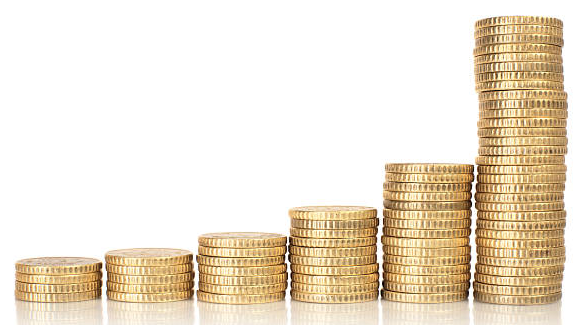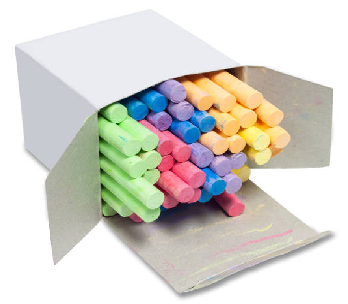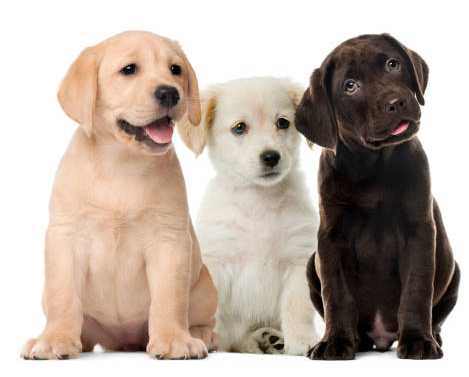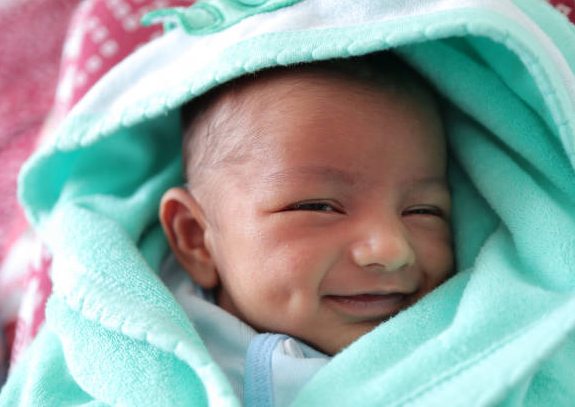CLASS-2
MEASUREMENT OF WEIGHT
Measurement of weight (or mass) -
We had earlier shown crayons on a balance to find the weight of objects. But the crayons may not be of the length, so the weights could be different each time we would use the balance.
So, to get the same weight every time an object is measured, we use fixed measures (standard units) like grams and kilograms to weigh objects and find out how heavy they are.
Grams –
We express the weight of light objects by using grams (g/gm)

1) A coin is about 50 gm

2) A box of chalks is about 100 gm
Kilograms –
We find the weight of heavy objects by using kilograms (Kg)
1 kilograms = 1000 gm
Example –

1) A small puppy’s weight is about 1 kg or 1000 gm

2) A newborn baby’s weight is about 3 kg or 3000 gm
When you visit a fruit or vegetable shop you will find the shopkeeper using weights made of metal. He uses weights of 5 kg, 2 kg, 1 kg, or so, to weigh fruits and vegetables in balance. When the pans balance, the weight on both the pans is the same.
Sometimes a single pan weighing machine is used to weigh objects. An arrow moves on a scale and we can read the weight of the object kept on the pan. Sometimes a weighing machine gives the weight directly on a monitor kept above the platform. Generally, heavy objects can be weighed on it.